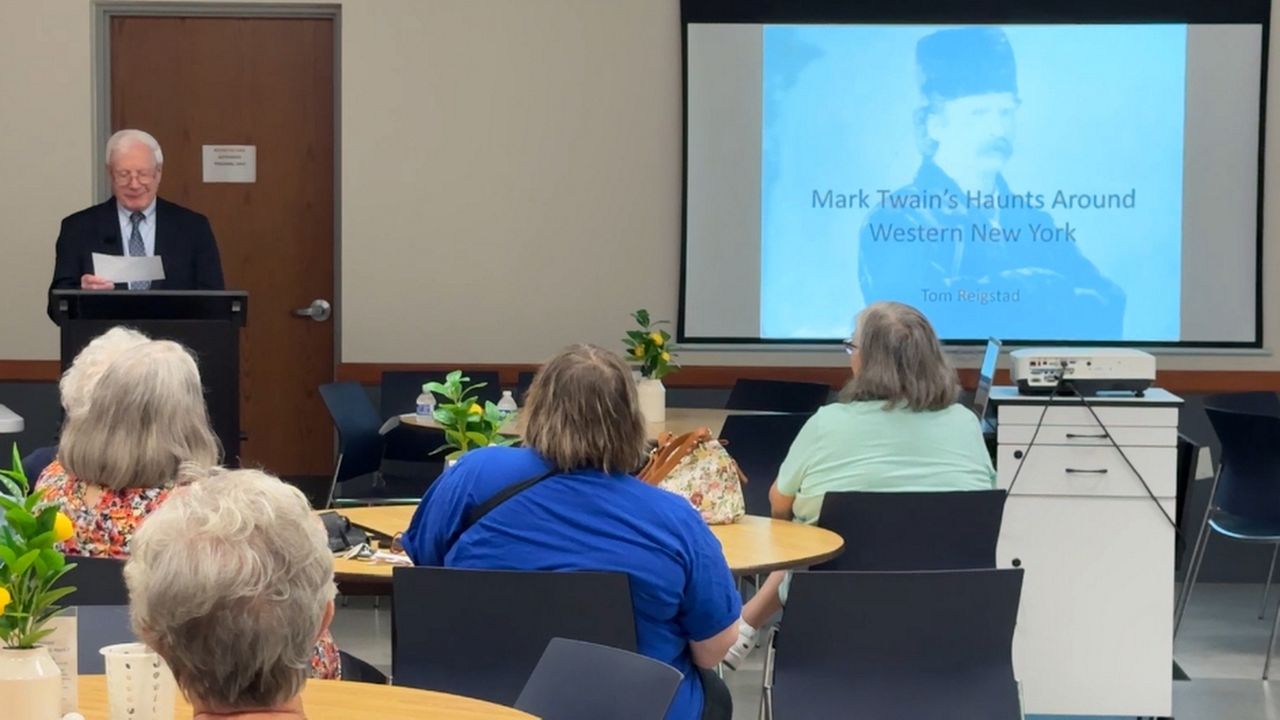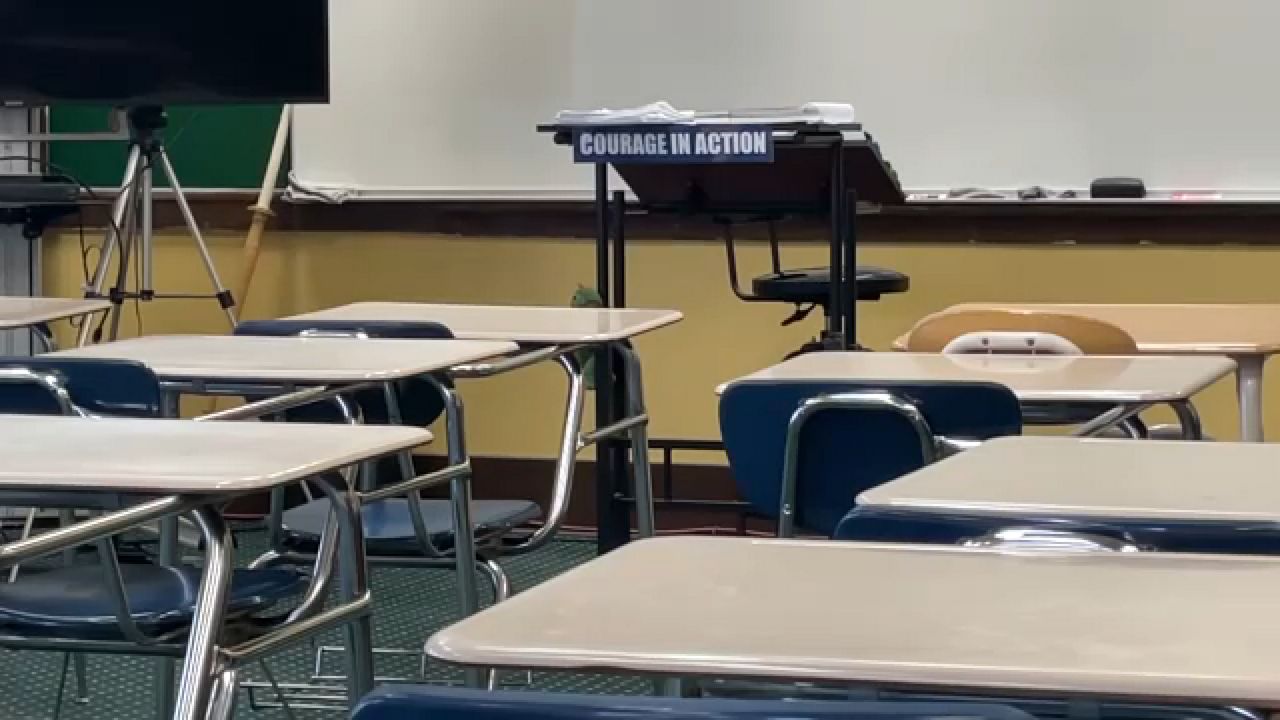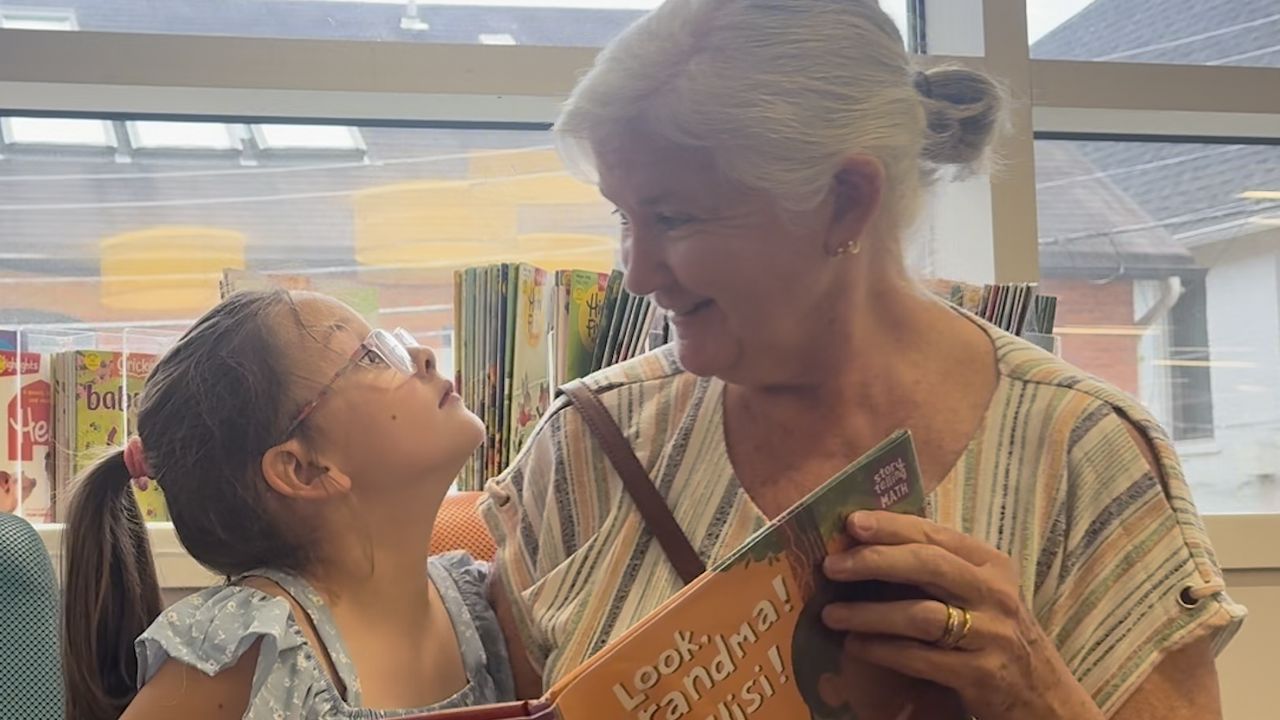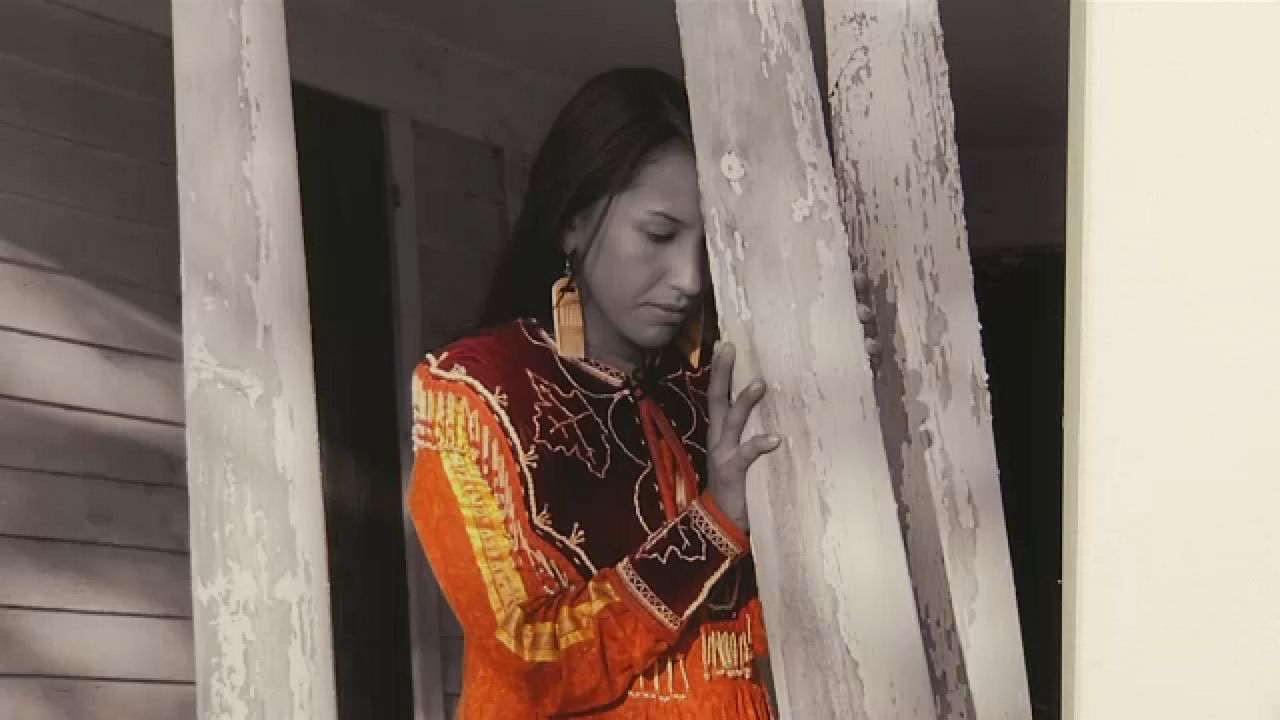The pandemic had a big impact on kids, specifically when it comes to school. While it impacted all students differently, those with developmental disabilities have specific needs when it comes to transitioning back to in-person classes.
This school year meant back to a routine for Sierra Kessler and her daughter Pearl.
“We've definitely started to notice in our morning routine that there's a lot more pushback,” said Kessler.
Kessler expected a hard transition back to fully in-person.
"Starting a routine is hard for everybody,” she said.
Making it a bit different is that Pearl has autism, but extra support and stimuli are trying to make that transition easier.
“It's tricky to tell because what delays are just delays that we were going to have because of her autism diagnosis and what was exacerbated by not having programming,” Kessler wondered.
Speech therapy, occupational therapy and more are helped along with calming tools.
“If Pearl does get overwhelmed and she needs a sensory break or needs to refocus, when that material is in the classroom, they can get it done,” Kessler explained.
Its students like Pearl that Buffalo Public Schools had in mind this year.
“It's a little bit different when you're sitting home one-on-one with the computer screen than when you're in a school environment. So it did cause some increased behavioral concerns,” said Kim Hoelscher, assistant superintendent of special education for Buffalo Public Schools.
Enter some seemingly simple items.
"This is a crash pad,” said Melanie Flynn, a special education coach. “When they felt like they needed a break or they needed to crash into something. They would just, kind of throw themselves onto the crash pad.”
Everything from beanbag chairs to fidget spinners are making the transition back to structure and hard desks and chairs easier.
“There was a student who really struggled not to constantly get out of his seat and walk around the room," said Anita Martell, another special education coach. "That ability to just even [play with this] at his seat where he was just squishing one of the toys, it decreased the disruption during instruction.”
The idea with all this support is that each student can find what works best for them.
“You want to do everything in your power to help them recoup some of the skills that they may have lost during hybrid or remote instruction," said Hoelscher.
“If you don't have those sensory tools available, then it's going to be a much rougher transition,” Kessler said.
Families like hers are ready to embrace a new, new normal.
“I guess every parent's hope for their kids all the time is growth and development," she said. "But I'm really hopeful for the school year and getting things back on track.”









